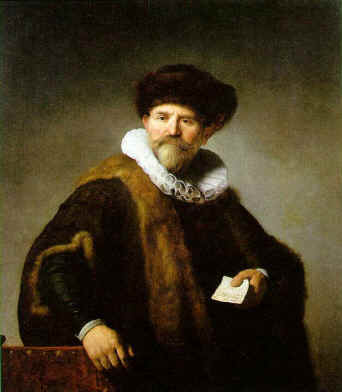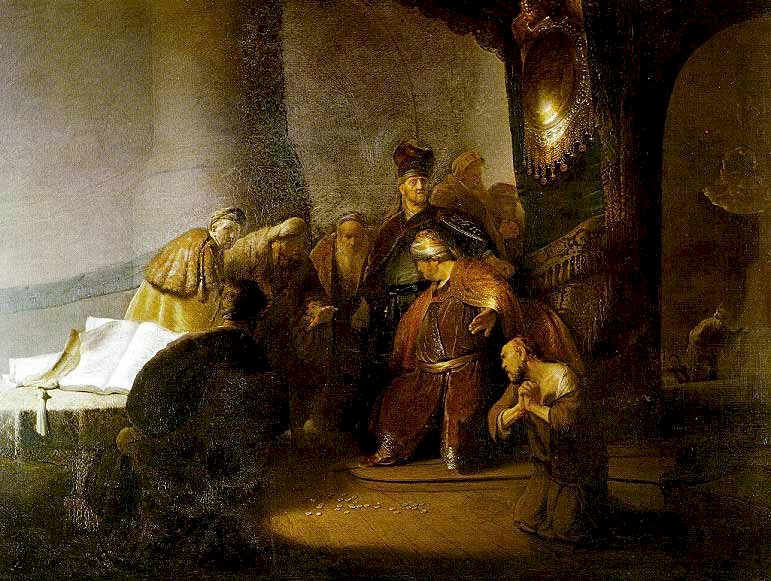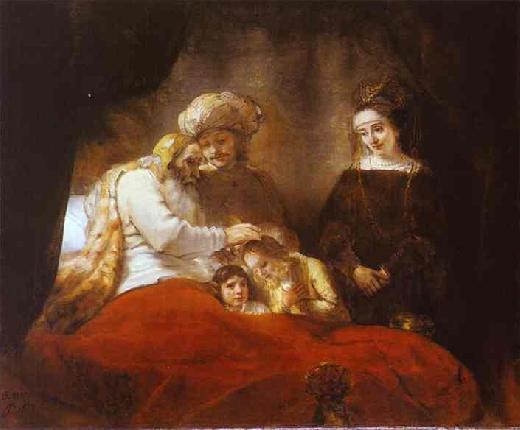-


 Rembrandt
Rembrandt
Dutch
Artist
Rembrandt is generally considered one of the greatest painters and printmakers in European art history and the most important in Dutch history. His contributions to art came in a period that historians call the Dutch Golden Age. Rembrandt Harmenszoon van Rijn was born on July 15,1606 in Leiden Netherlands, the eighth of nine children of a miller, Harmen Gerritszoon van Rijn and his wife, Neeltje van Suijttbroeck.
Although his family lived modestly his parents took great care with his education. He was the first and the only of their sons whom they sent to the school for Latin. At the age of fourteen Rembrandt entered the Philosophical Faculty of Leiden University to study Classics. The program did not interest him, and he soon left to study art with a local master, Jacob van Swanenburch. After that Rembrandt spent six months studying under Pieter Lastman, the Amsterdam artist of historical paintings, and this influenced Rembrandt’s work much deeper. Having mastered everything he had been taught, Rembrandt returned to Leiden.
There he was so highly regarded that although barely 22 years old, he took his first pupils. One of his students was the famous artist Gerrit Dou. In 1631 Rembrandt moved to Amsterdam. Three years later Rembrandt married Saskia van Uylenburgh. Her cousin greatly assisted his career. He was a successful art dealer and introduced Rembrandt to many wealthy patrons who commissioned portraits. The "Portrait of Nicolaes Ruts" is an example of the type of portraits Rembrandt painted during that period.
Rembrandt painted "Judas Returning the 30 Pieces of Silver" in 1629. Here, Judas shows remorse for betraying Christ. He throws himself on the ground, shaking his hands in despair. Judas is viewed as the victim instead of the usual perpetrator.
In both painting and printmaking Rembrandt exhibited a complete knowledge of classical iconography, which he molded to fit the requirements of his own experience. Because of his empathy for the human condition, Rembrandt has been called "one of the great prophets of civilization. Rembrandt was also a renowned teacher. His studio was filled with pupils, such as Ferdinand Bol, Govert Flinck, and Carel Fabritius.
During his lifetime, Rembrandt created close to a 100 self portraits. They are the inexhaustibly rich documents of a human and artistic self-examination lasting a lifetime. In the art of the self-portrait Rembrandt exerted the greatest influence on those painters who rejected the solemn pomp of the Baroque and endeavored to tell the truth simply and without external trappings. The self-portraits form a unique and intimate biography, in which the artist surveyed himself without vanity and with the utmost sincerity.
In his famous ‘Self Portrait with Saskia on his lap’, husband and wife are turned towards the spectator with an animated expression of gaiety, and the pattern made by the couple has the freshness and irregular lines of a wild flower. Rembrandt's last self portrait was painted at a time when all those he loved were gone. It is a portrait of a lonely man who examines himself, his inner life, so to speak, and the marks which suffering have inflicted upon his features. And yet, although the colors are subdued, it is a painting that hauntingly expresses genuine humanity. This aged man with white hair does not give up the struggle. The splendor of life on this earth is still amazingly felt in these features.